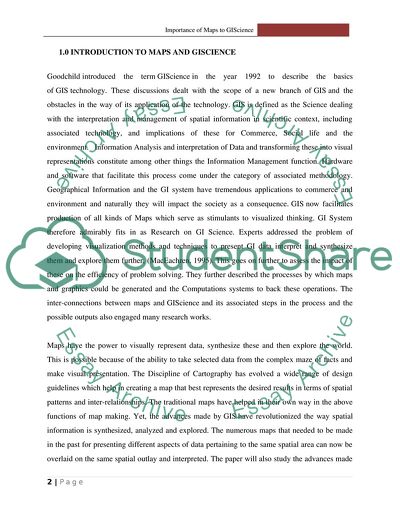Cite this document
(Importance of Maps to GIScience Research Paper Example | Topics and Well Written Essays - 2327 words, n.d.)
Importance of Maps to GIScience Research Paper Example | Topics and Well Written Essays - 2327 words. Retrieved from https://studentshare.org/information-technology/1749321-the-illustrating-the-importance-of-color-to-effective-communication-of-spaitial-information-also-using-examples-of-good-and-bad-choices
Importance of Maps to GIScience Research Paper Example | Topics and Well Written Essays - 2327 words. Retrieved from https://studentshare.org/information-technology/1749321-the-illustrating-the-importance-of-color-to-effective-communication-of-spaitial-information-also-using-examples-of-good-and-bad-choices
(Importance of Maps to GIScience Research Paper Example | Topics and Well Written Essays - 2327 Words)
Importance of Maps to GIScience Research Paper Example | Topics and Well Written Essays - 2327 Words. https://studentshare.org/information-technology/1749321-the-illustrating-the-importance-of-color-to-effective-communication-of-spaitial-information-also-using-examples-of-good-and-bad-choices.
Importance of Maps to GIScience Research Paper Example | Topics and Well Written Essays - 2327 Words. https://studentshare.org/information-technology/1749321-the-illustrating-the-importance-of-color-to-effective-communication-of-spaitial-information-also-using-examples-of-good-and-bad-choices.
“Importance of Maps to GIScience Research Paper Example | Topics and Well Written Essays - 2327 Words”, n.d. https://studentshare.org/information-technology/1749321-the-illustrating-the-importance-of-color-to-effective-communication-of-spaitial-information-also-using-examples-of-good-and-bad-choices.


